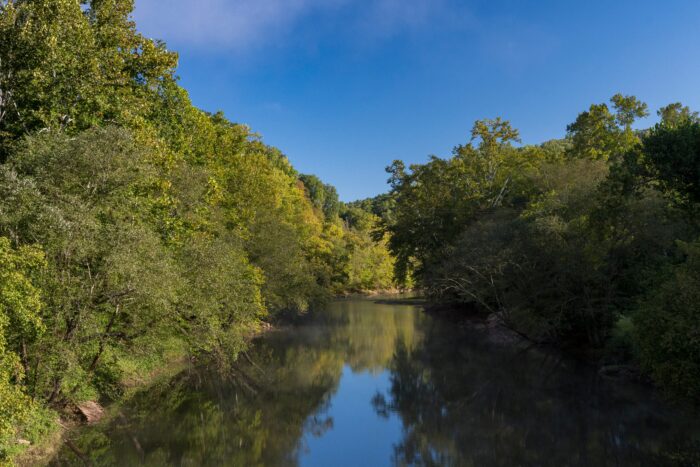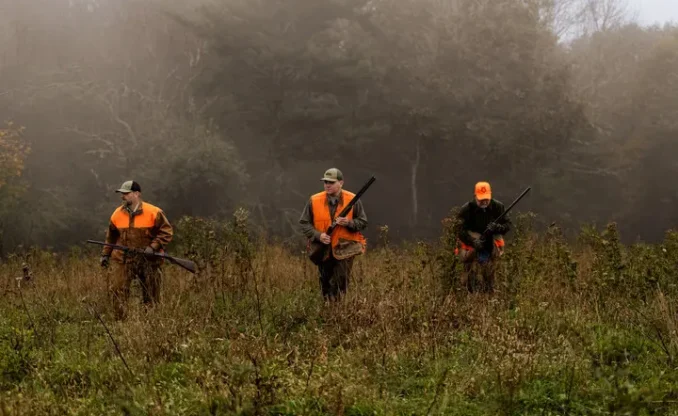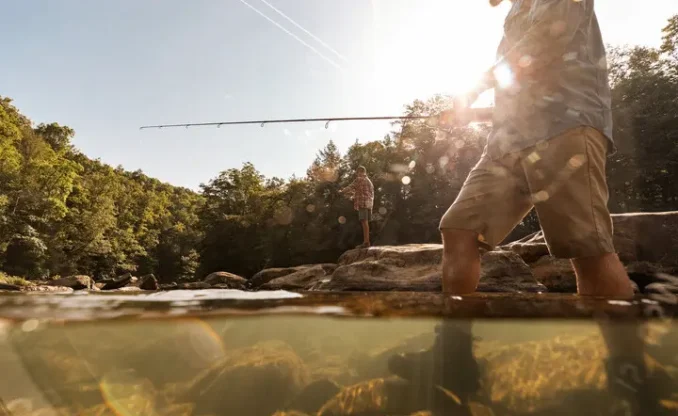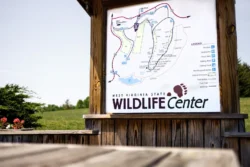Brook Trout Overview
The brook trout is the only trout species native to West Virginia streams. Native brook trout live and reproduce in only the coldest and purest of our mountain streams. These streams are generally less than 15 feet wide, well shaded, and have numerous pools. Although these streams often support large numbers of brook trout, the trout tend to be small fish that average five to six inches in length and seldom exceed 10 inches.
Brook trout are characterized by a dark green back covered with lighter worm-shaped markings, bluish sides and a pink to scarlet belly. The sides of the trout are profusely sprinkled with yellow spots, interspersed with red ones. The lower fins are orange-red with a distinctive white stripe on the front edge. Given its beauty and the fact that the brook trout is our only native trout, it’s no wonder that in 1973 it was selected to be the official state fish.


Brook trout spawn primarily during October. Their nests, called redds, are built near the lower end of the pools where the gravel is swept clean of silt and fresh oxygenated water is abundant. Since these streams are generally low and clear during the fall, spawning activity can be readily observed in many of the small, cold headwater streams of the Elk, Greenbrier and Williams rivers, as well as Seneca and Gandy creeks.
While there are 500 miles of native trout streams in West Virginia, the streams are small and represent only two percent of the total miles of stream in the state. Brook trout are not picky eaters and feed on a wide variety of food items. During the winter and early spring, much of their food consists of aquatic insects and other fish. The insects include mayflies, caddisflies and stoneflies.
In the summer and early fall, their diet changes to terrestrial insects. These are insects like grasshoppers, Japanese beetles and bees that normally live on the land but become fish food when they fall or are washed into the stream.



